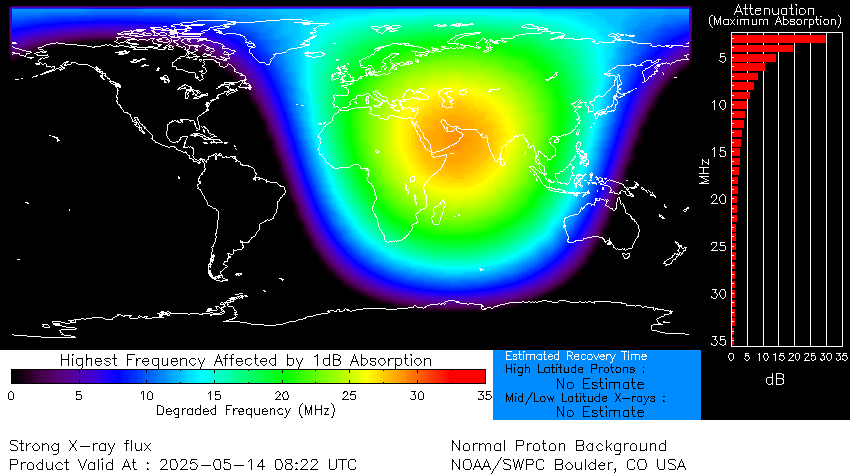Springtime in the South Polar region of Mars is a season of exciting activity. The thick coating of carbon dioxide ice that accumulated over the winter begins to sublimate (turn to vapor) as the sun rises higher in the sky and warms the ice. Sunlight penetrates through the transparent ice, and is absorbed at the base of the ice layer. The gas that forms as a result of the warming escapes through weaknesses in the ice and erupts in the form of magnificent geysers of gas and dust.
Related posts
-

Strongest solar flare of 2025 erupts from sun, sparking radio blackouts across Europe, Asia and the Middle East
The sun roared to life early Tuesday (May 14), unleashing a powerful X-class solar flare from... -

Canon EOS R6 Mark II review
Key specs Type: Mirrorless Sensor: 24.2MP full-frame CMOS sensor Lens mount: RF/RF-S ISO range: 100-102,400 Viewfinder... -

Sols 4539-4540: Back After a Productive Weekend Plan
Curiosity Navigation Curiosity Home Mission Overview Where is Curiosity? Mission Updates Science Overview Instruments Highlights Exploration...